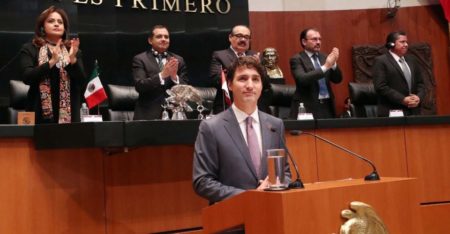[ad_1]
LOGAN SQUARE — The sounds of Mexican folkloric dance fill Goethe Elementary a few times a week, thanks in part to an effort to make classes on the centuries-old art form more accessible.
A group of Goethe teachers and staffers launched ballet folklórico in 2019 at Goethe, 2236 N. Rockwell St., to help students learn more about their Mexican heritage. But the program is taking off this year after a two-year pandemic hiatus.
Goethe’s ballet folklórico enrolled about 20 kids in kindergarten through fourth grade when it launched. Now, there are 43 students, with even more looking to join. Organizers added a second class to keep up with the demand, plus a third for adults.
Parent-led group Friends of Goethe School and administrators are picking up the $110-per-student tab so families who wouldn’t otherwise be able to afford the program can participate.
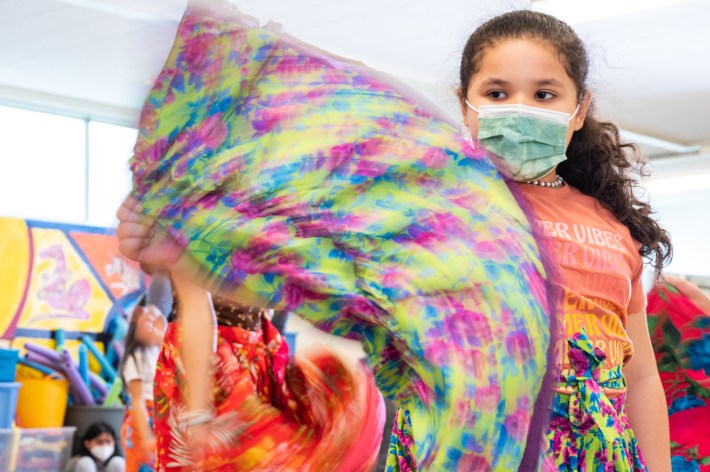 Credit: Colin Boyle/Block Club Chicago
Credit: Colin Boyle/Block Club ChicagoDuring a recent afternoon, nearly 30 kids stomped with precision to Mexican folk music in a small classroom, their eyes fixed on instructor Ricardo Villanueva’s feet.
“Uno! Dos!” Villanueva said as he stomped, his boots hitting the ground in unison with the kids’ to create a beat — footwork called zapateados.
Then the girls put on wide, colorful skirts — known as folklórico falda — and Villanueva led the group in a performance. The girls swirled their skirts while they tapped their heels, as Mexican women have done since the 1700s.
“I really like that she’s trying something different,” said Anahis Machado, whose 7-year-old daughter, Milana, is enrolled in the program. “She’s half Mexican, half Brazilian, so doing a dance that involves her culture … it’s a great opportunity for her to learn.”
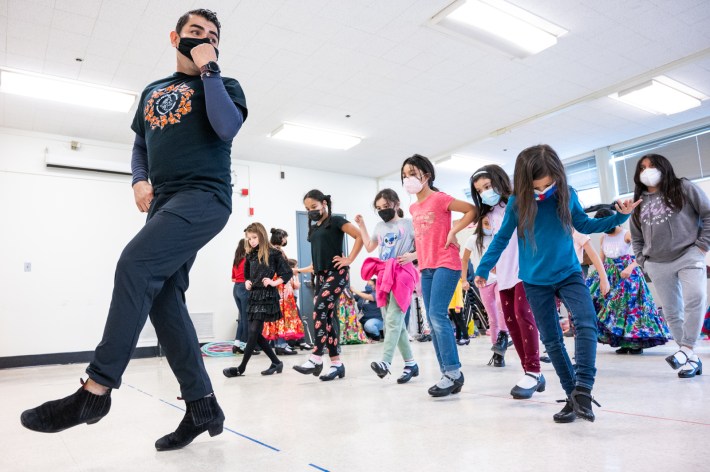 Credit: Colin Boyle/Block Club Chicago
Credit: Colin Boyle/Block Club ChicagoBallet folklórico is believed to have originated as early as the 17th century, but it exploded in popularity during Mexico’s 1810 War of Independence, when it became “an expression of national soul,” according to researchers.
Everything about Goethe’s program, from the footwork to the skirts, is steeped in Mexican tradition, which is a draw for parents. The Logan Square school’s student body is 67 percent Hispanic, according to Chicago Public Schools data.
Two classes are taught by Villanueva, a longtime ballet folklórico instructor and performer with the Collaborative Institute of Cultural Arts in Brighton Park.
Villanueva, who is from Monterrey, Mexico, said he wants to help kids develop an appreciation for the dance form, which combines ballet techniques with deep-rooted Mexican folkloric culture.
Goethe’s ballet folklórico class brings together kids of all backgrounds, parents and teachers said.
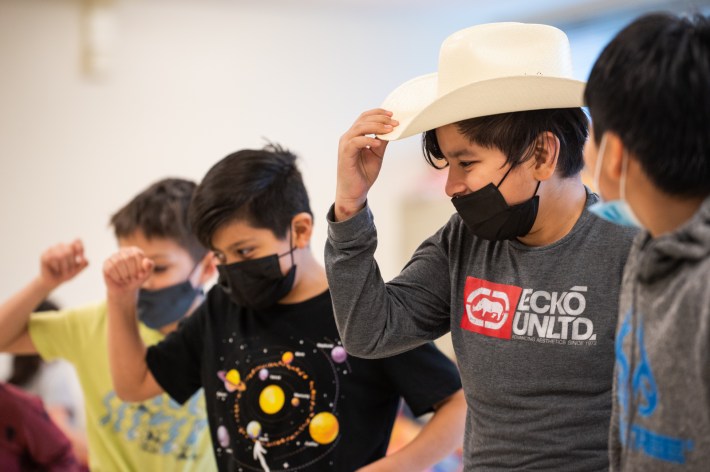 Credit: Colin Boyle/Block Club Chicago
Credit: Colin Boyle/Block Club ChicagoSome kids — like Pamela Ortuno’s daughter, who is Ecuadorian — are looking for a new cultural experience. Ortuno, one of the Goethe staffers who spearheaded the program, said she got involved because cultural dances in Ecuador are similar to those in Mexico.
“This is a way for me to introduce what a different culture is. There’s no way other way for me to show them,” Ortuno said.
Parents and kids are also attracted to the program for its physical and mental benefits. Like with other dance classes and sports, kids come away with increased coordination and focus, they said.
Yesenia Espinoza enrolled her daughter, Elena Sophia Gomez, in the program in hopes her daughter will have fun learning about Mexican traditions, she said.
“I’ve seen it live in Mexico, and it’s absolutely beautiful — the traditions with the hair and a little bit of makeup, the big dresses and the shoes,” Espinoza said.
At just 4 years old, Elena is one of the youngest students in the class, but she’s no less enthusiastic about zapateados. On days she doesn’t have class, she will “click clack around the house” and show off her skirt swirling technique, Espinoza said.
“Our family loves to dance. We love to be active. I want to get [my daughter] familiarized with the culture. It’s important for her to know her ethnic background and her traditions,” Espinoza said.
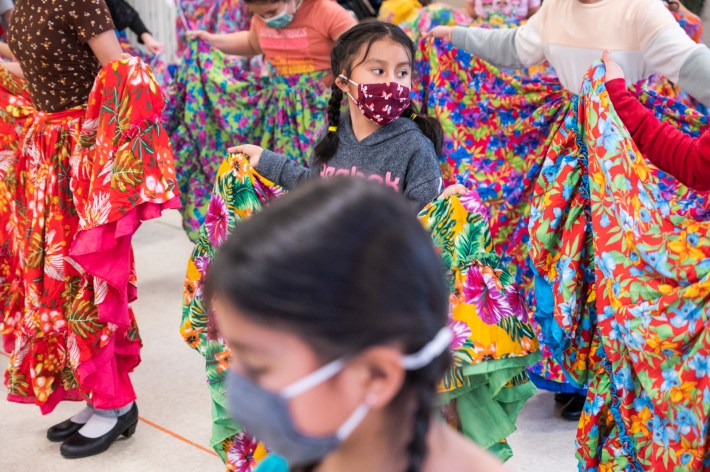 Credit: Colin Boyle/Block Club Chicago
Credit: Colin Boyle/Block Club ChicagoParent Monica Jaramillo said the financial support to make the class free is a “huge help.” About 59 percent of Goethe students are low-income students, according to CPS.
“I have three kids, and I was going to put in my other son, and I was thinking, ‘Oh, my goodness, the payment for each child,’” Jaramillo said.
Goethe is one of 67 public schools across Chicago that offer folkloric dance, CPS spokeswoman Sylvia Barragan said. To find out if your school offers the program, go here.
At Goethe, the program is gaining traction as Logan Square demographics continue to change in the face of gentrification. The neighborhood’s white population recently surpassed its Latino population after years of it being a predominately working-class Latino neighborhood.
Ortuno and Machado said they were forced to move out of the neighborhood in recent years due to rising housing costs.
“Even though the neighborhood has changed and we have more influence of caucasians in the area, I think there’s still the [Latino] culture here. This is just a way for us to show that … the culture is still here because we’re still here,” Ortuno said.
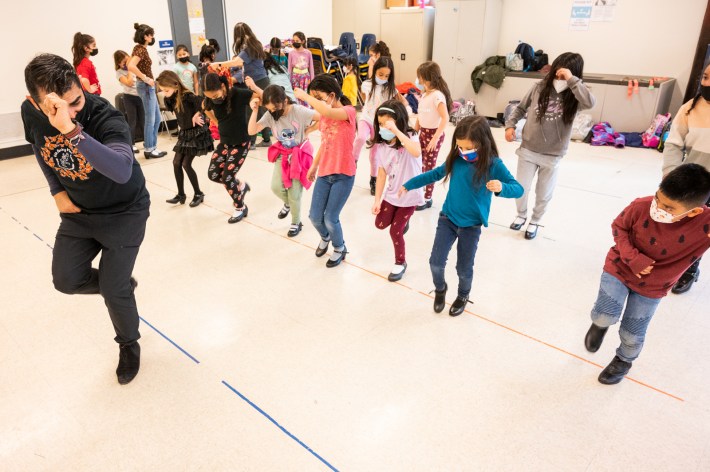 Credit: Colin Boyle/Block Club Chicago
Credit: Colin Boyle/Block Club Chicago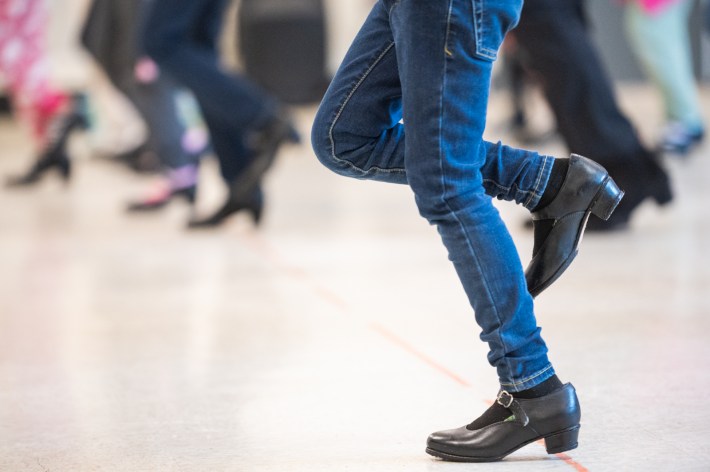 Credit: Colin Boyle/Block Club Chicago
Credit: Colin Boyle/Block Club ChicagoListen to “It’s All Good: A Block Club Chicago Podcast”:
[ad_2]
Source link




/cloudfront-us-east-2.images.arcpublishing.com/reuters/ARHZ5EW6L5LVVIRTRRXQNLFDWA.jpg)
